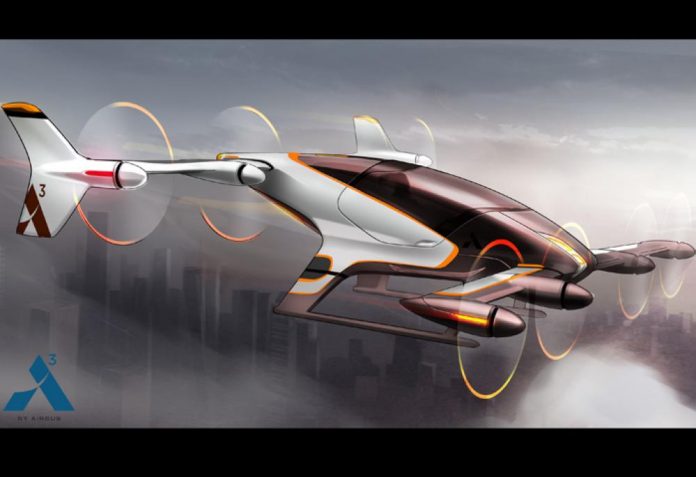Five years time, air taxis could be a normal sight in large cities. Increasing traffic and congestion in cities are driving engineers at Airbus to work on urban air mobility for commuters.
Ordering an electrical helicopter on demand through an app or riding a single-passenger air vehicle are the future of urban transport, Airbus told reporters at their headquarters in Toulouse, France.
One factor that has made it possible in the digital age is the significant decrease in cost of technologies like memory chips, cameras, drones and batteries.
Another is the increased flow of venture capital into startups in recent years.
The technology trends to make such a revolution in transport possible are autonomy, connectivity, electrification, and digital design manufacturing.
“In congested cities, we see a great need for mobility combined with this technology,” says Mathias Thomsen, General Manager for Urban Air Mobility at Airbus.
This technology development is an opportunity to be put to use in developing short-range vertical flight in crowded cities where commuters can be stuck in traffic for several hours, he added.
Concepts will be launched in the coming months
Two projects are already underway to be demonstrated at the end of this year.
The Vahana is a single-passenger and self-piloted Vertical Take-off and Landing air vehicle that is set to launch at the end of this year.
The CityAirbus is a larger vehicle that can carry up to four passengers and will be launched in a year. It’s designed to be fully autonomous but can also accommodate a pilot if a country’s airspace system does not allow for autonomous flight.
“The two vehicles will demonstrate the possibility of autonomous flight,” Thomsen said. “Then we’ll immediately start building new versions based on how the technology demonstration turns out and our interactions with stakeholders, such as governments, transport and aviation authorities of cities.”
All vehicles are electrically powered and have been developed for a low environmental footprint, cost-efficiency and high volume production, according to Airbus.
Some uncertainties remain
Airbus expects to start flying people within two to three years. It will take five years, however, to be fully operational for certifications to warrant the system is safe and reliable. More info
By Layan Damanhouri http://saudigazette.com.sa

















